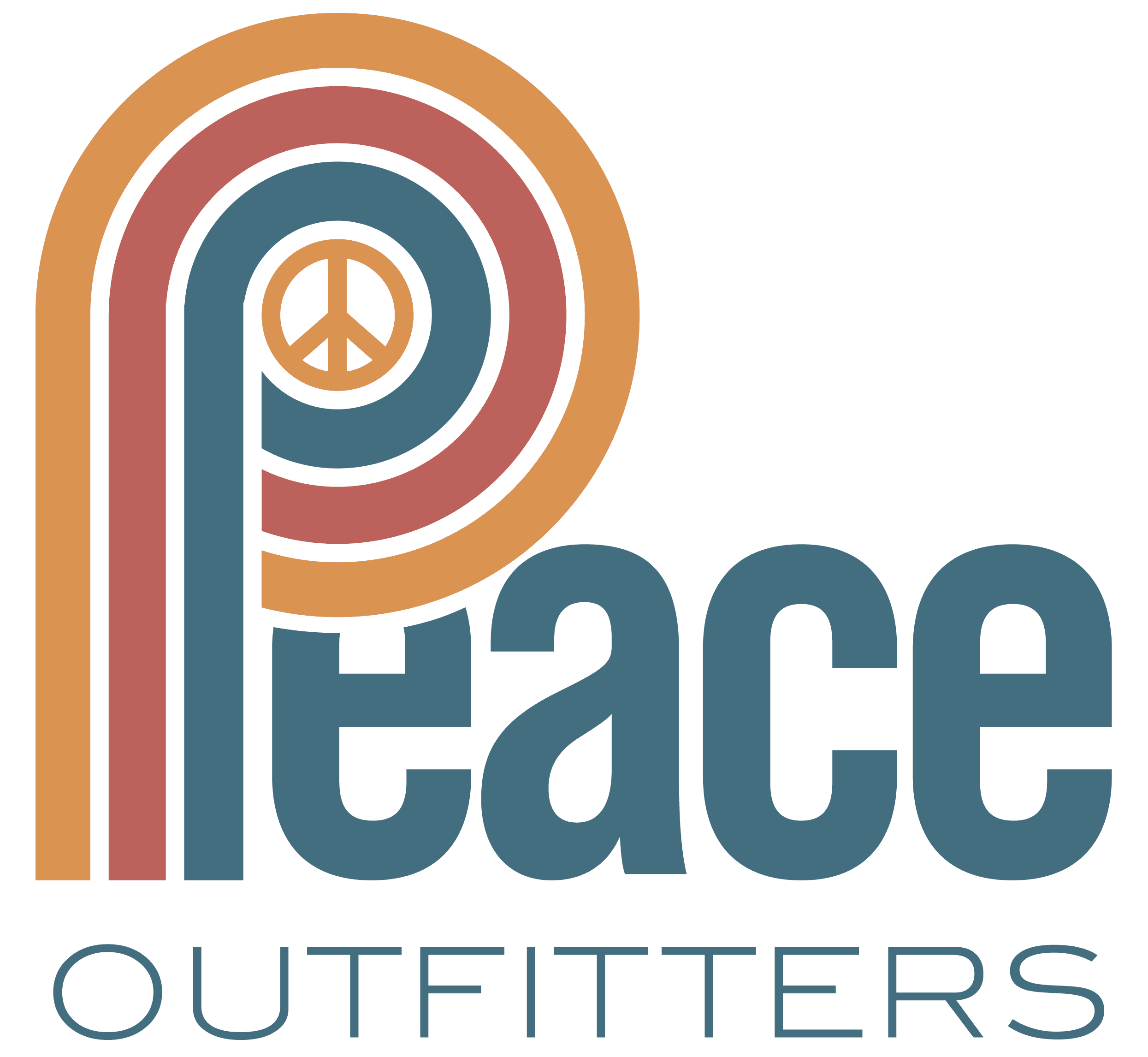The Great Debate: Waterproof and Non-Waterproof Shoes
Of all debates in the outdoor industry, perhaps none are quite as heated or divisive as the choice between waterproof and non-waterproof shoes. Here in Flagstaff—where mixed conifer forests, desert expanses, and volcanic, snow-capped peaks are all accessible—the decision isn’t always black and white. Luckily, our knowledgeable staff at Peace Outfitters is here to help you find the right kind of shoe for the right occasion. We’ll help you understand waterproofing, break down the pros and cons of waterproof and ventilated footwear, and ultimately you determine which is best for your next hike or trip.
Waterproof Footwear: The Basics
In general, waterproof footwear has the ability to be submerged in water without allowing it to get inside the shoe or boot. They typically feature a membrane (like GORE-TEX® or proprietary alternatives) that blocks water from entering the boot while allowing vapor to escape. The outer material is sometimes treated with a DWR (durable water repellent) finish for added moisture resistance.
Types of waterproofing in outdoor performance footwear
- GORE-TEX®: GORE-TEX is the gold standard for waterproofing in footwear, widely used in both hiking shoes and boots. It is known for its relative breathability compared to its competitors. New innovations, such as GORE-TEX Invisible Fit, are even lighter and more breathable than ever before.
- Leather liners: Full-grain leather is an inherently water-resistant material, so some boots (especially traditional backpacking, work, and fire boots) use a full-grain leather upper and liner to create a robust (but hot) waterproof solution.
- Proprietary membranes: Technologies like Oboz’s B-DRY or Keen’s KEEN.DRY are similar to GORE-TEX, constructing waterproof membranes that provide similar results.
- DWR coatings: Some shoes that are not fully waterproof can be treated with DWR coatings to add additional water resistance to upper materials. NOTE: This does not mean a shoe is 100% waterproof, and additional coatings will need to be applied over time.
Pros of Waterproof Footwear
- Keeps feet dry in wet conditions: Streams, snow, and muddy trails are no match for a well-sealed boot.
- Good for shoulder seasons or winter: When Flagstaff’s weather turns wet or snowy, waterproof boots are ideal.
- Better protection in cold conditions: Dry feet are warm feet; waterproofing helps retain heat in colder temperatures. While not always ‘insulated,’ (i.e., like snow boots are), waterproof shoes do not allow as much moisture in out, so there are naturally insulating properties to them.
- Keeps out sand and dirt too: Water is the only thing that waterproof liners keep out; sand, dirt, and debris cannot enter either.
Cons of Waterproof Footwear
- Hotter and sweatier: Even breathable membranes can struggle in warm weather or during high-output activity. Sweat inside your shoe, especially for a prolonged period of time, can also lead to blisters.
- Slower to dry: If they do soak through (i.e., water runs over the cuff and inside the shoe), they will take a very long time to dry out.
- Heavier and stiffer: By nature, waterproof shoes are heavier and stiffer than their ventilated counterparts, meaning they can feel clunkier and take longer to break in and soften up.
Non-Waterproof Footwear: The Alternative
Non-waterproof footwear (sometimes called ‘ventilated’ shoes) skips the waterproof liner or upper in favor of breathability and quick-dry capabilities. These are often trail runners or lightweight hiking shoes with highly breathable uppers.
Pros of Ventilated Footwear
- Superior breathability: By allowing moisture to escape, ventilated shoes are ideal for hot desert days or high-exertion activities like trail running.
- Faster to dry: If your feet get wet, ventilated shoes will dry much faster than waterproof alternatives. Pro tip: take out the insole in your shoes during a snack break or at camp to allow them to dry even faster.
- Lighter and more flexible: Non-waterproof footwear is lighter and often more comfortable out-of-the-box, making it ideal for long-distance backpacking or thru-hiking.
Cons of Ventilated Footwear
- No water protection: If you do step in a puddle or into deep into mud – and especially if you submerge your shoes – your feet will get soaked through quickly.
- Not ideal in cold temperatures or snow: Wet feet in cold conditions is not only uncomfortable, but can also be dangerous.
- Requires more attentive foot care: Because prolonged wet feet can lead to blusters and other issues, non-waterproof shoes can require more attentive foot care, including regular drying, sock changes, and taping/blister maintenance.
When to Choose: Waterproof or Non-Waterproof?
Choose waterproof shoes if:
- You’re hiking in winter or early spring when snow and snowmelt can turn trails wet and cold; or, if you know you’ll be hiking through snow, slush, or In very cold conditions.
- You’re doing a short hike with known, shallow water crossings.
- You value dry feet more over quick-drying capabilities.
Choose ventilated shoes if:
- You’re exclusively hiking in hot, dry areas such as Sedona or the Grand Canyon.
- You’re planning a long-distance backpacking trip or thru-hike and are prioritizing lightweight travel.
- You’re doing high-exertion activities like fastpacking or trail running.
- You’re confident in stream crossing techniques and foot care.
The Answer to Waterproof or Non-Waterproof Shoes? It Depends
Ultimately, there’s no one-size-fits-all solution – it’s all about situation and preference. In the diverse terrain across Northern, both waterproof and ventilated footwear have their place. In fact, many hikers and backpackers of all ability and experiences levels have both, allowing them to pick and choose depending on where and when they are going. The key is matching your gear to the conditions and duration of your trip as well as your personal preferences and comforts.
Still confused or unsure? Come visit us at Peace Outfitters. We’re happy to go over any particularities of waterproof versus ventilated footwear and help you find the right shoe for you from our broad selection of footwear. Happy trails!
